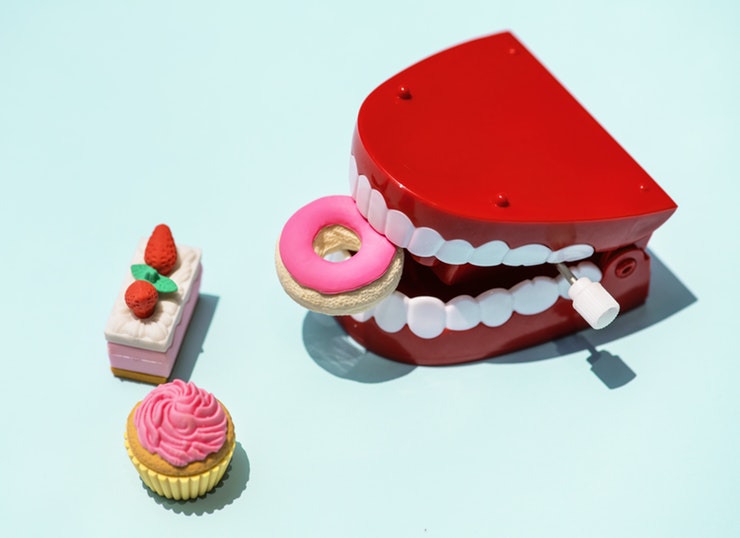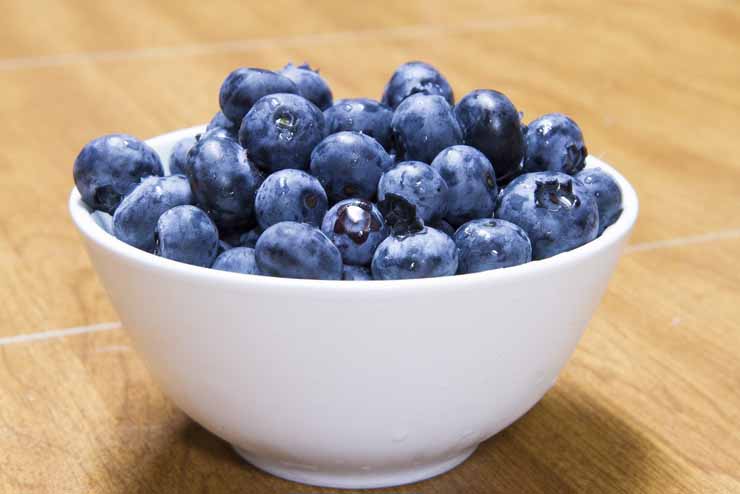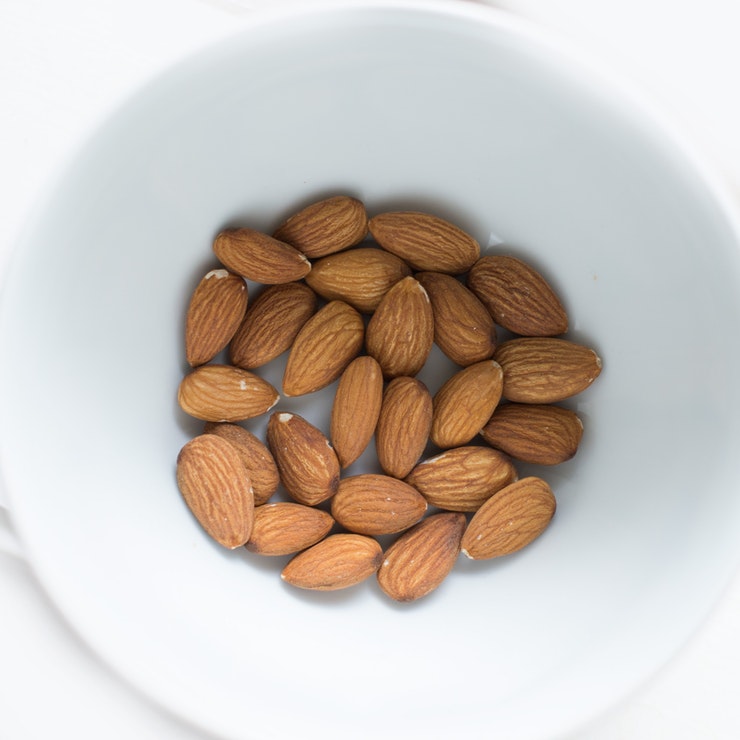This variability inherently disqualifies it from being classified as pure. Yes, the composition of milk can vary depending on several factors, including the breed of the cow, its diet, the stage of lactation, and the season. This variability is a characteristic of mixtures, where the proportions of different components can change without fundamentally altering the nature of the substance. For example, milk from Jersey cows tends to have a higher fat content than milk from Holstein cows.
The lactose is simply broken down into glucose and galactose, which are also sugars. The remaining components of milk – fat, protein, minerals, and other vitamins – remain present. Milk is a rich source of various essential elements and nutrients, making it a vital part milk is a mixture or compound of a healthy diet for people of all ages. The elements present in milk include calcium, phosphorus, magnesium, and potassium, among others.
This dairy wonder is a versatile ingredient that can be added to recipes, reconstituted into liquid milk, or even used as a thickening agent. Whether you’re baking a cake or whipping up a homemade face mask, powdered milk is your trusty sidekick. In the realm of dairy delights, milk stands tall as a nutritional powerhouse. But before it graces our breakfast bowls, it undergoes a series of magical transformations known as milk processing. Join us on a whimsical journey as we unveil the secrets behind these enchanting techniques.
Interestingly, the butterfat content in milk can vary, making some milks, like whole milk, richer and more opaque than lower-fat alternatives. Understanding the science behind milk’s color not only satisfies curiosity but also highlights the complex interplay of its various components. The primary compounds found in milk are casein, and whey proteins, which account for approximately 3.5% of its composition. Casein, the most abundant protein, is responsible for milk’s white color and is composed of several phosphoproteins, such as alpha-, beta-, and gamma-casein. Whey proteins, on the other hand, are soluble in water and contain essential amino acids. Additionally, milk contains lactose, a disaccharide sugar that provides energy to infants and young children.
Is Breast Milk Dairy? It’s Not What You Think
Elements are found on the periodic table and have unique atomic numbers. Milk, on the other hand, is composed of various ingredients including water, lactose (sugar), proteins, and fats. These components come from different sources like cows and are combined to create the final product. So, while milk is incredibly nutritious and important for human health, it definitely falls under the category of a mixture, not an element. The classification of milk hinges on its heterogeneous nature at a microscopic level. Milk is a complex emulsion of water, carbohydrates, proteins, and fats, making it susceptible to separation over time.
FAQ 7: How Does the Diet of a Cow Affect Milk Composition?
Calcium is particularly abundant in milk, playing a crucial role in maintaining strong bones and teeth. Additionally, milk contains other vital elements like vitamin D, vitamin B12, and riboflavin, which are important for energy production, nerve function, and overall well-being. However, this is incorrect from a technical standpoint. Water (H2O), lactose (C12H22O11), fat, protein, and minerals make up milk in the United States.
Is Milk a Compound or Mixture? The Definitive Answer, Backed by Science
Two or more chemical elements are chemically linked together to produce a compound. On the other hand, we find that milk is not a pure material by its composition. According to science, it is a substance that is made of two or more elements or compounds that combine without creating a chemical.
- Not all milk is going to be homogeneous, and not all milk is going to be heterogeneous.
- This is the reason why milk is a heterogeneous mixture.
- The particles of fat are too small for us to parse out.
- No, the components of milk are not chemically bonded; they exist together without any chemical reaction.
- Yes, the different components of milk can be separated through various processes like centrifugation, filtration, and skimming.
- When we even heat milk at a high temperature, a fine layer of fat and coagulated proteins form on the surface of milk which can then be removed.
Milk vs. Elements: The Simplicity of Pure Substances
Wait for 2-3 minutes and observe that the sand particles will start settling down. The boundary of separation of the two components is easily visible by naked eyes. Yes, the composition of milk can be altered through various processing methods, such as pasteurization, homogenization, and addition of fortifying vitamins or minerals.
Genetic modification of cows can alter the composition of milk, for example, by changing the types of proteins produced or the amount of fat. However, even genetically modified milk remains a mixture as long as the individual components are not chemically bonded together. Homogenization reduces the size of fat globules in milk, preventing them from separating and creating a more stable and uniform mixture. However, this physical process does not create new chemical bonds, so homogenized milk remains a mixture. Lactose, the primary carbohydrate in milk, is a sugar that dissolves in the water phase.
- Homogenization reduces the size of fat globules in milk, preventing them from separating and creating a more stable and uniform mixture.
- A solution is a liquid with another substance dissolved into it.
- You will observe that the two things mix so well into each other that we cannot even separate them by any physical method.
- Milk is a nutrient-filled liquid food produced by animals’ mammary glands.
Milk fat, also known as butterfat, exists as tiny globules suspended in the water-based medium. These globules contribute to milk’s creamy texture and flavor. The fat can be physically separated through processes like churning, proving it’s not chemically bonded. The components of pure milk which are nutrients (fat and protein) present in it, don’t form separate layers. And hence they can’t be separated by physical methods. Understanding why milk is a mixture requires a deeper dive into its components and how they interact.
Milk is considered a mixture because its components can be physically separated without undergoing a chemical change. A colloid is a substance that exists in between a solution and a suspension. The particles in a colloid are typically tiny, yet they do not dissolve in the liquid-like salt.
No, the components of milk are not chemically bonded; they exist together without any chemical reaction. This question has perplexed many, and it’s time to unravel the mystery. So, let’s dive right in and uncover the true nature of milk. Milk is already packed with a punch of nutrients, but fortification is like giving it a superpower boost.
Yes, there are different types of milk, such as cow’s milk, goat’s milk, sheep’s milk, and buffalo milk. Apart from the major components mentioned earlier, milk also contains enzymes, bacteria, and immune system-related proteins. Ah, ice cream, the dessert that needs no introduction. Made by freezing a sweet, creamy mixture of milk, sugar, and flavorings, ice cream is a summer delight that brings joy to hearts of all ages. From classic vanilla to adventurous mint chocolate chip, there’s an ice cream flavor for every taste bud. Next, we have yogurt, the cool and creamy relative of milk.
Yes, adding chocolate syrup introduces additional components (sugars, cocoa solids, flavorings), increasing the complexity of the mixture. The resulting chocolate milk is undeniably a mixture, with even more distinct and separable components. Yes, the presence of bacteria (even beneficial ones in fermented products like yogurt) reinforces the classification of milk as a mixture. These microorganisms are additional components that contribute to the overall complexity. A solution is a liquid that has been dissolved in another material.
Yes, through various physical and chemical processes, you can separate milk into its constituent components. For example, evaporation can separate water, and processes like centrifugation can separate fat globules. However, breaking down lactose, a compound present in milk, would require a chemical reaction. In conclusion, the evidence overwhelmingly points to milk as a complex mixture. Its variable composition, heterogeneous nature at a microscopic level, and the ability to separate it into individual components all contribute to this classification. Understanding milk’s nature as a mixture is crucial in various practical applications.






Leave a Reply